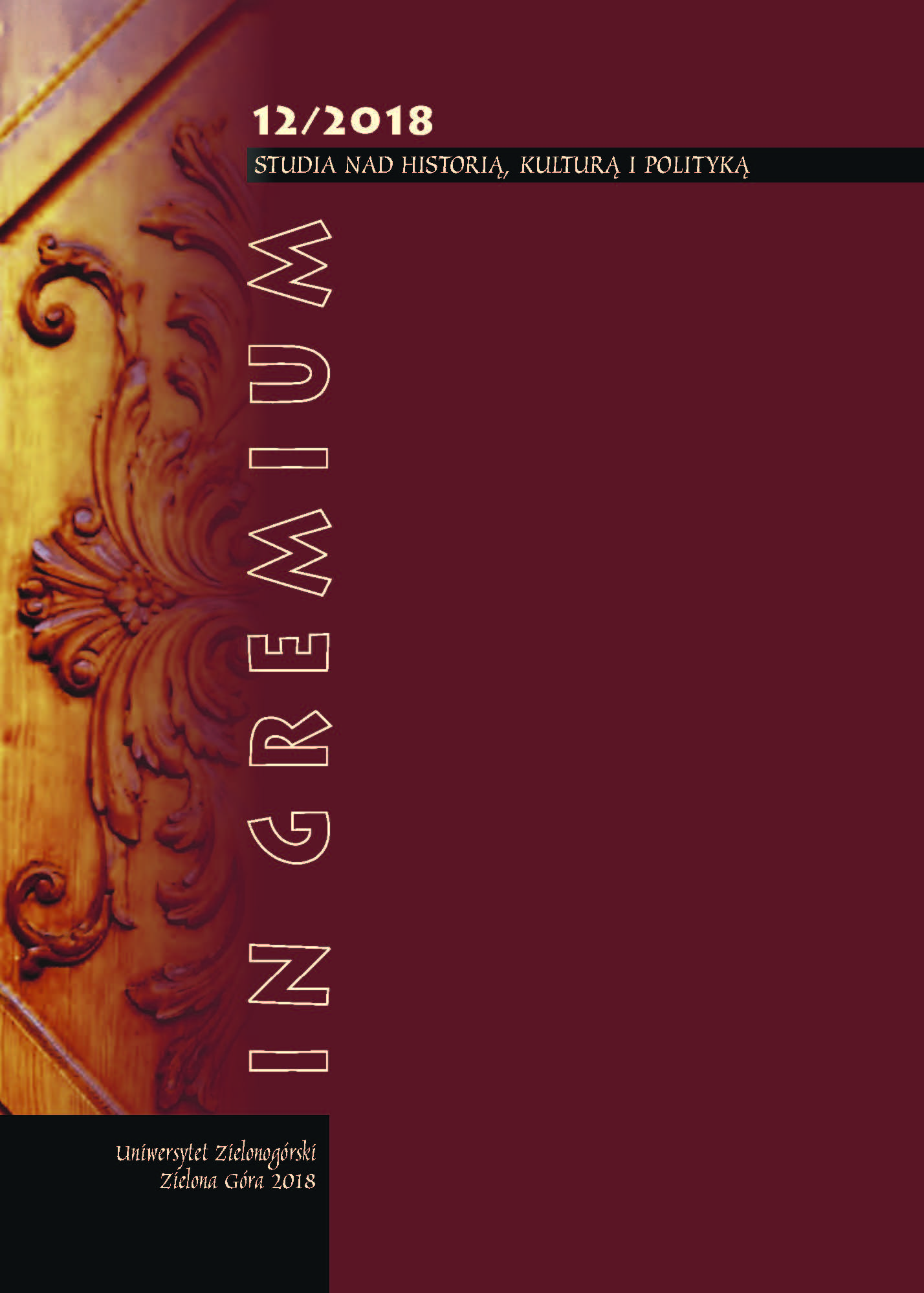Abstract
Apart from the famous praefatio (maior), Livy’s introduction to the Ab Urbe Condita as a whole, there are in the extant parts of this work four internal prologues (or praefationes minores), marking the beginnings of, respectively, books 2, 6, 21 and 31. In the present paper a short overview of prologues, and especially internal prologues, in ancient historiography is followed by a more detailed discussion of the four Livian passages. Particular attention has been paid to those motifs and ideas which connect Livy’s internal prologues with his main praefatio – notably to the notions of monumentum, memoria, and the imagery of looking and perceiving. A fragment from a later book, preserved by Pliny the Elder (HN praef. 16), almost certainly comes from another internal prologue; it is probable that there were more praefationes minores in Livy’s lost books (e.g. in 121).
References
Avenarius G., Lukians Schrift zur Geschichtsschreibung, Meisenheim am Glan 1956.
Cairns F., Propertius, 2.30 A and B, „Classical Quarterly” 1971, 21, s. 204‒213.
Conte G.B., Proems in the Middle, „Yale Classical Studies” 1992, 29, s. 147‒159.
Earl D., Prologue-Form in Ancient Historiography, [w:] Aufstieg und Niedergang der römischen Welt, red. H. Temporini, seria I, t. 2, Berlin–New York 1972, s. 842‒856.
Feldherr A., Spectacle and Society in Livy’s History, Berkeley 1998.
Georges K.E., Ausführliches lateinisch-deutsches Handwörterbuch, 8. verbesserte und vermehrte Auflage von H. Georges, Hannover–Leipzig 1913.
Giua M.A., Storiografia e regimi politici in Tacito, Annales IV, 32-35, „Athenaeum” 1985, 63, s. 5‒27.
Griffin M., Seneca: A Philosopher in Politics, Oxford 1976.
Halm C., Rhetores Latini minores, Lipsiae 1863.
Havas L., La conception organique de l’histoire sous l’Empire romain et ses origines, „Acta Classica Universitatis Scientiarum Debrecensis” 1983, 19, s. 99‒106.
Heldmann K., Livius über Monarchie und Freiheit und der römische Lebensaltervergleich, „Würzburger Jahrbücher für die Altertumswissenschaft” 1987, 13, s. 209‒230.
Herkommer E., Die Topoi in den Proömien der römischen Geschichtswerke, diss. Tübingen 1968.
Jaeger M., Livy’s Written Rome, Ann Arbor 1997.
Janson T., Latin Prose Prefaces. Studies in Literary Conventions, Stockholm 1964.
Joseph T.A., The Metamorphoses of Tanta Moles: Ovid, Met. 15.765 and Tacitus, Ann. 1.11.1, „Vergilius” 2008, 54, s. 24‒36.
Klotz A., Das Geschichtswerk des älteren Seneca, „Rheinisches Museum für Pilologie” 1901, 56, s. 429‒442.
Kraus Ch.S., Livy: Ab Urbe Condita. Book VI, Cambridge 1994.
Kraus Ch.S., ‘No Second Troy’: Topoi and Refoundation in Livy, Book V, „Transactions of the American Philological Association” 1994, 124, s. 267‒289.
Levene D.S., Livy on the Hannibalic War, Oxford 2010.
Lieberg G., Seefahrt und Werk. Untersuchungen zu einer Metapher der antiken, besonders der lateinischen Literatur. Von Pindar bis Horaz, „Giornale Italiano di Filologia” 1969, 21, s. 209‒240.
Livy, red. J.D. Chaplin, Ch.S. Kraus, Oxford 2009 (Oxford Readings in Classical Studies).
Luce T.J., Ancient Views on the Causes of Bias in Historical Writing, „Classical Philology” 1989, 84, s. 16‒31.
Marincola J., Authority and Tradition in Ancient Historiography, Cambridge 1997.
Moles J.L., Livy’s Preface, [w:] Livy, red. J.D. Chaplin, Ch.S. Kraus, Oxford 2009, s. 49-87 (pierwodruk: „Proceedings of the Cambridge Philological Society” 1993, 39, s. 141‒168).
Oakley S.P., A Commentary on Livy, Books VI-X, t. IV: Book X, Oxford 2005.
Pausch D., Livius und der Leser. Narrative Strukturen in ab urbe condita, München 2010.
Pigoń J., W kręgu pojęć politycznych Tacyta. Libertas – moderatio, Wrocław 1996.
Polleichtner W., Fabius, Scipio, and the Sicilian Expedition: A Practical Lesson on Reading Thucydides, [w:] Livy and Intertextuality. Papers of a Conference Held at the University of Texas at Austin, October 3, 2009, red. W. Polleichtner, Trier 2010, s. 67‒92.
Porciani L., La forma proemiale. Storiografia e pubblico nel mondo antico, Pisa 1997.
Rich J., Structuring Roman History: The Consular Year and the Roman Historical Tradition, „Histos” 2011, 5, s. 1-43 (wcześniejsze wersje ukazały się w 1997 i 2009 r.; zob. Livy, red. J.D. Chaplin, Ch.S. Kraus, Oxford 2009, s. 118‒147).
Ruch M., Le thème de la croissance organique dans le livre I de Tite-Live, „Studi Clasice” 1968, 10, s. 123‒131.
Stadter P.A., The Structure of Livy’s History, [w:] Livy, red. J.D. Chaplin, Ch.S. Kraus, Oxford 2009, s. 91-117 (pierwodruk: „Historia” 1972, 21, s. 287‒307).
Strasburger H., Die Wesensbestimmung der Geschichte durch die antike Geschichtsschreibung, Wiesbaden 1966 (Sitzungsberichte der Wissenschaftlichen Gesellschaft an der Johann Wolfgang Goethe-Universität Frankfurt/Main, t. V, 1966, nr 3).
The Fragments of the Roman Historians, red.T.J. Cornell, t. I-III, Oxford 2013.
Walbank F.W., History and Tragedy, „Historia” 1960, 9, s. 216‒234.
Walker A.D., Enargeia and the Spectator in Greek Historiography, „Transactions of the American Philological Association” 1993, 123, s. 353‒377.
Wirszubski Ch., Libertas as a Political Idea at Rome During the Late Republic and Early Principate, Cambridge 1950.
Woodman A.J., Rhetoric in Classical Historiography. Four Studies, London–Sydney 1988.
Woodman A.J., Tacitus Reviewed, Oxford 1998.

